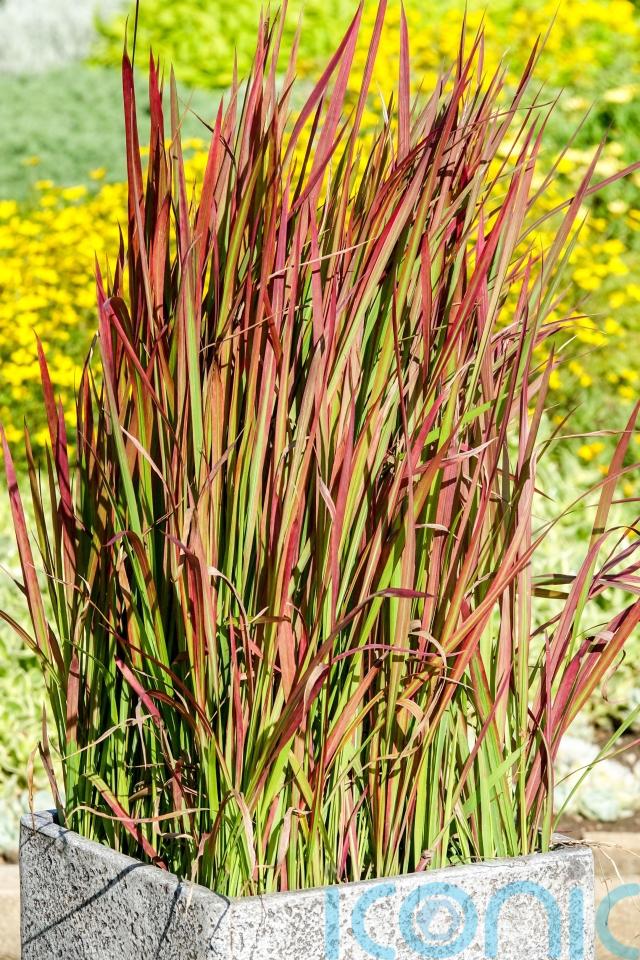
As summer continues, ornamental grasses come into their own, providing a contrast of textures, movement and rich colours in an array of schemes, whether repeat-planted in borders, or as stand-alone specimens in large containers or gravel gardens.
Grasses are not only grown for their wispy foliage, but also for their decorative feathery flowerheads which often last through autumn and into winter, while their seedheads offer interest through the cooler months.
They calm down a garden sizzling with colour as they encourage the eye to pause before continuing into the mixture of colours. Their linear forms and pretty seedheads also contrast with many leaves and flowers and many even look good when they have dried out in winter.
So, which types should we be considering? Here are five varieties recommended by the RHS.
1. Stipa gigantea
Where to plant it: It can easily be made a stand-alone focal point in a lawn, or provides great architectural appeal in a gravel garden.
2. Miscanthus sinensis ‘Kleine Silberspinne’
Where to plant it: It’s a versatile perennial grass, so will be equally at home in the middle of a border as it will in a tight urban space, providing architectural interest in a city garden, even in a pot. If you’re growing it as part of a border scheme, think about planting burnt orange Helenium ‘Moerheim Beauty’ nearby for a striking contrast.
3. Anemanthele lessoniana
Where to plant it: Grow it in full sun or partial shade, partnering it with crocosmia, achillea, Geranium ‘Rozanne’ and other ornamental grasses.
4. Pennisetum villosum
Where to plant it: It looks lovely in a mixed container combined with burgundy flowers such as annual Verbena ‘Diamond Merci’ or deep purple Allium sphaerocephalon.
5. Ophiopogon planiscapus ‘Nigrescens’
It’s a small plant, perfect for containers or in a rock garden or raised bed, where it won’t be lost, producing small white flowers in summer and black berries in autumn.
Where to plant it: In tubs or a gravel garden, contrasting it with silvery plants in sun or vibrant green ferns in shade.
When planting… Grasses generally prefer drier soil and sunny conditions. If you’re planting them in a pot, it needs to be well-drained, so put some crocks in the bottom of the pot before filling it with compost. When the grass is in, top-dress the soil with slate chippings or loose gravel to stop water gathering at the crown of the plant, which will cause it to rot.
And in pots…

For containers filled with colourful foliage, you might try Imperata cylindrica ‘Rubra’ (Japanese blood grass), which has lime green leaves tipped with bright red, which reaches about 45cm in height and is slow growing. It does best in a sunny spot in fertile, moist, well-drained soil. In colder areas it may need winter protection.
Another good bet for a tall container is Hakonechloa macra ‘Aureola’, a deciduous low-growing grass with lemon and lime striped leaves which flush pink, then red purple in autumn. Make sure you keep it well-watered, but not soggy.
Subscribe or register today to discover more from DonegalLive.ie
Buy the e-paper of the Donegal Democrat, Donegal People's Press, Donegal Post and Inish Times here for instant access to Donegal's premier news titles.
Keep up with the latest news from Donegal with our daily newsletter featuring the most important stories of the day delivered to your inbox every evening at 5pm.